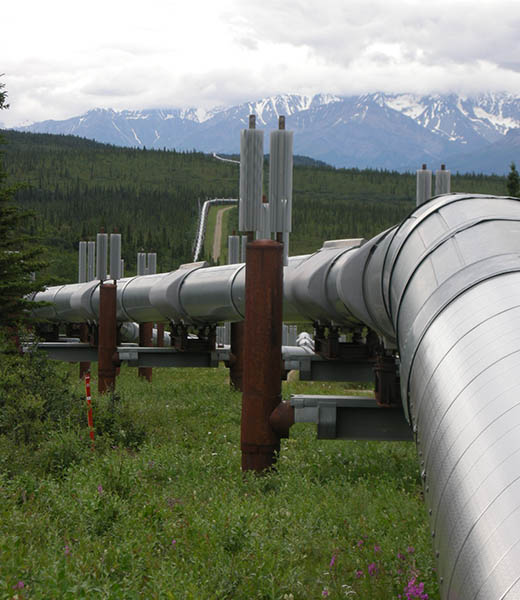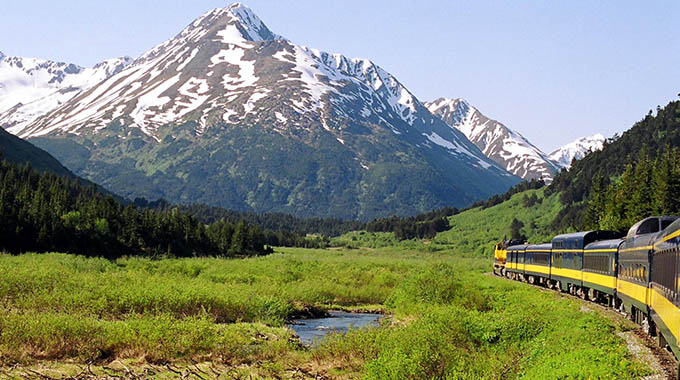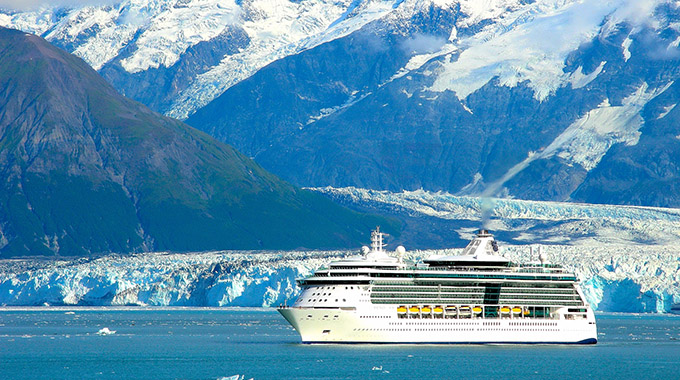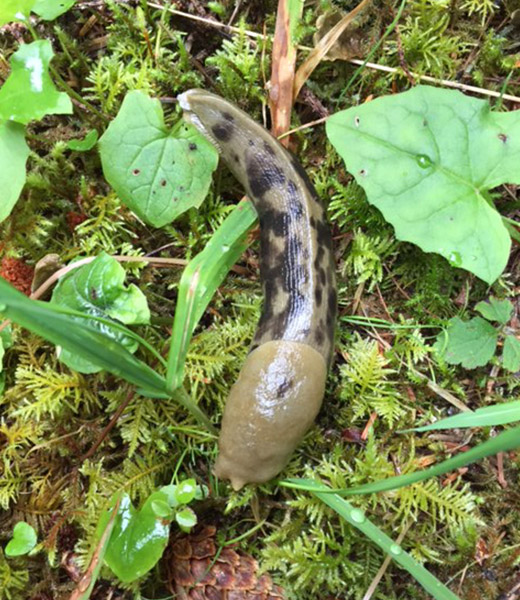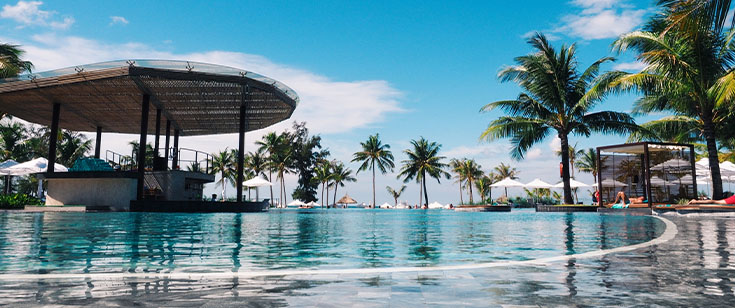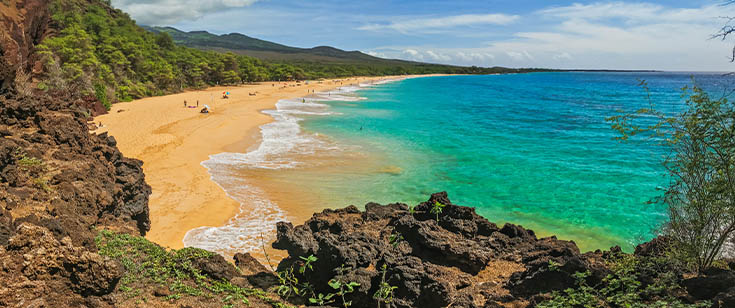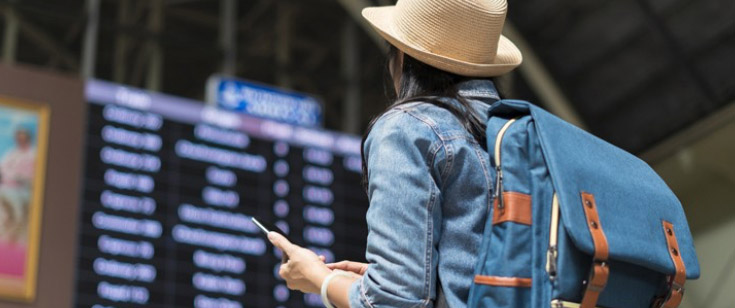With more than 6,640 miles of coastline (almost 34,000 miles when you count all the islands) and numerous cities and towns reached by no road—including the capital, Juneau—Alaska is one of the most popular cruise destinations in the world. More than 1 million visitors reach Alaska by sea. Hundreds of ships—large ones carrying 4,000 passengers and small ones holding a dozen to 140 people—sail these waters each summer, with Seattle, Vancouver, Juneau, and Seward serving as the major ports. The vessels travel remote waters, pass towering peaks, and provide unparalleled wildlife viewing in places that can be reached no other way.
Ships on southeastern Alaska waters offer passengers the chance to see whales (humpbacks, grays, orcas, and others) and glaciers (such as the Margerie and Johns Hopkins in Glacier Bay, the two Sawyer Glaciers in Tracy Arm, and the massive Hubbard Glacier near Yakutat). At 6 miles wide and 400 feet high, the Hubbard can make a 12-deck, 1,000-foot-long cruise ship seem insignificant.
Smaller vessels offer more intimate experiences because they can sail into inlets and other waterways that big ships can’t navigate and can stop at less-visited ports that offer a glimpse of Alaska Native culture.
For example, our 50-passenger vessel pulled into Thorne Bay and stopped in Kasaan, a village on Prince of Wales Island northwest of Ketchikan, where we learned about the revival of Haida culture. With pride, village carvers showed us their newly restored 1880 longhouse and the carving shed where a new totem was under way.
“Ah, I can see you want to try your hand at it,” carver Harley Bell-Holter observed, handing me a small adze. Like so many artisan endeavors, the task was far more difficult than it looked. I made a jagged gash. “Let me try sanding,” I suggested. He grinned and handed me a small block wrapped with garnet-colored paper.


